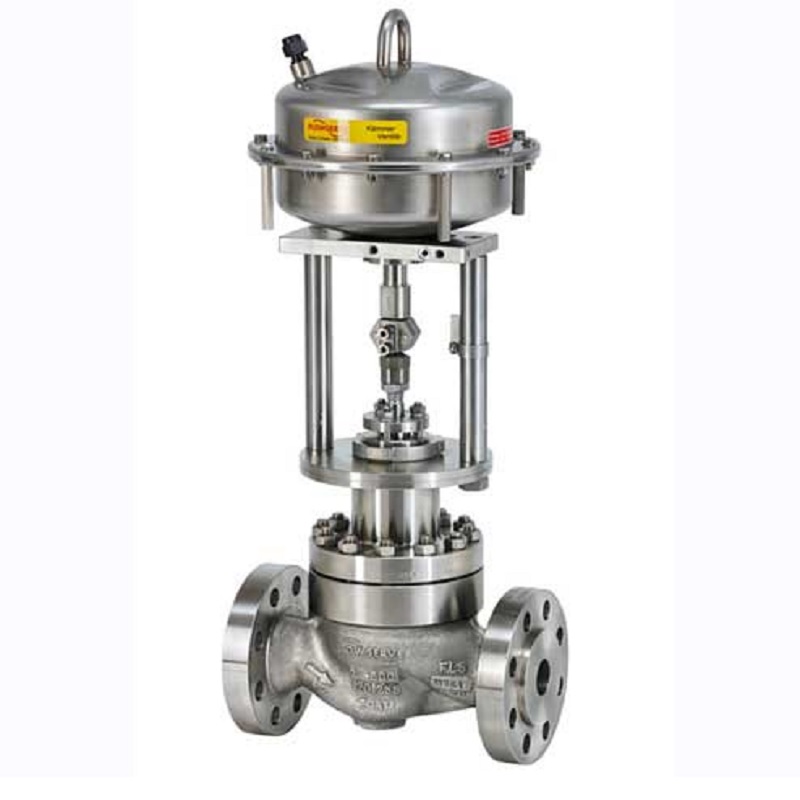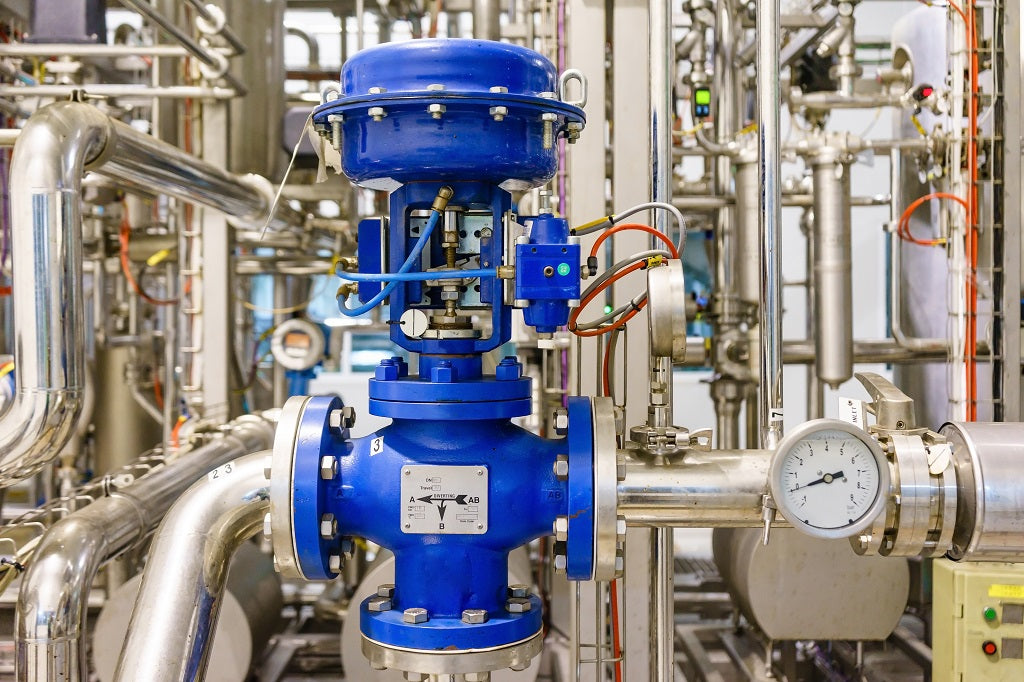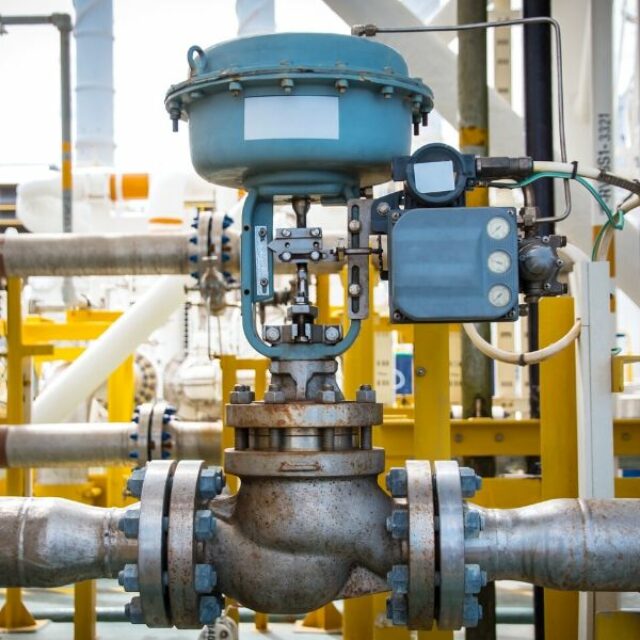Innovative Control Valves: Enhancing Accuracy and Integrity
Innovative Control Valves: Enhancing Accuracy and Integrity
Blog Article
Achieve Seamless Integration and Control With Quality Building Automation Controls
In the world of modern-day building administration, the relevance of quality structure automation controls can not be overstated. As modern technology remains to advance, the assimilation and control of different systems within a building have actually advanced to be much more sophisticated and reliable. The smooth procedure and surveillance of lighting, COOLING AND HEATING, safety and security, and various other building functions have actually become extremely important for improving occupant comfort, energy effectiveness, and total operational performance. However, the trip in the direction of attaining true combination and control is a complex one, with considerations varying from system compatibility to cybersecurity. Welcoming high quality structure automation controls is not merely a matter of comfort but a calculated critical for organizations aiming to enhance their facilities' efficiency and sustainability.

Advancement of Building Automation Controls
Throughout the previous couple of decades, the development of constructing automation controls has actually significantly changed the method structures are managed and operated. At first, constructing automation systems primarily focused on standard functions such as managing air flow, heating, and air conditioning (COOLING AND HEATING) systems. As innovation progressed, these controls have actually become extra sophisticated, permitting for a bigger range of building systems to be integrated and managed centrally.
The development of developing automation controls has actually seen a shift towards even more smart systems that can adjust to altering problems in real-time. This flexibility is vital for optimizing energy performance and guaranteeing passenger comfort. Furthermore, contemporary building automation controls currently offer functions such as predictive maintenance, remote surveillance, and information analytics, making it possible for center supervisors to make data-driven choices to enhance structure performance.

Benefits of High Quality Integration
The innovation in building automation manages in the direction of even more smart systems has actually underscored the considerable advantages of top quality integration in enhancing structure operations and enhancing total efficiency. This centralized control likewise gives much better exposure and understandings right into structure performance, enabling proactive maintenance and optimization methods. Generally, the advantages of top quality integration in building automation controls are indisputable, offering increased efficiency, convenience, and functional efficiency.
Improved Individual Experience and Availability
Enhancing individual communication with building automation controls via user-friendly design and enhanced accessibility elevates the overall experience for occupants and center supervisors alike. By concentrating on individual experience, building automation systems can come to be extra reliable and straightforward. Instinctive interfaces, clear navigation, and adjustable settings equip customers to communicate with the controls easily and effectively.
Availability functions play a vital role in guaranteeing that all individuals, consisting of those with specials needs, can utilize the structure automation manages easily. Integrating attributes such as voice commands, responsive buttons, and color-contrasted displays can boost ease of access and make the controls extra comprehensive.
In addition, enhanced user experience brings about greater user satisfaction, boosted efficiency, and far better decision-making. Passengers can adjust ecological settings according to their choices, while facility supervisors can effectively monitor and handle structure systems - control valves. In general, focusing on individual experience and access in building automation regulates contributes to a much more productive and smooth structure environment for all stakeholders involved
Sustainable Practices Via Automation

Additionally, automation can promote the integration of renewable resource sources such as photovoltaic panels or wind generators into building procedures. By instantly adjusting energy use based on the availability of renewable energy, structures can additionally decrease their dependence on non-renewable sources. This seamless explanation combination of sustainable techniques not only benefits the atmosphere but additionally boosts the general operational effectiveness and cost-effectiveness of the structure. Via automation, buildings can align with contemporary sustainability goals and add to a greener future.
Future Trends in Building Control Solution
One prominent pattern forming the future of building control systems is the enhanced assimilation of Artificial Knowledge (AI) and device learning. In addition, the Internet of Things (IoT) is revolutionizing structure control systems by linking devices and sensors to boost and improve operations performance.
Another vital pattern is the focus on cybersecurity steps to shield against prospective risks to developing automation systems. As structures become more interconnected, making sure durable cybersecurity protocols will certainly be vital to secure sensitive information and protect against unapproved gain access to.
Moreover, the change towards cloud-based systems is gaining momentum, enabling streamlined control and remote accessibility to building systems. This assists in simpler monitoring, maintenance, and updates, improving the total performance and flexibility of building control systems. As technology remains to advancement, these fads are expected to shape the future landscape of building automation controls, driving advancement and sustainability in the constructed setting.
Final Thought
Future fads in structure control systems are most likely to focus on further improving automation abilities for enhanced power effectiveness and general efficiency. It is necessary for building proprietors and operators to prioritize the fostering of top quality structure automation manages to enhance building operations and attain lasting sustainability goals.
In the world of contemporary building monitoring, the importance of quality building automation controls can not be overemphasized. In general, the evolution of building automation controls continues to drive development in the structure administration industry, using new opportunities for creating smarter and a lot more sustainable buildings.
The innovation like it in structure automation regulates towards even more intelligent systems has emphasized the considerable advantages of high quality combination in maximizing structure operations and boosting general efficiency. On the whole, prioritizing customer experience and availability in building automation controls contributes to a much more productive and seamless structure atmosphere for all stakeholders included.
It is important for building proprietors and drivers to prioritize the adoption of high quality building automation controls to enhance building procedures and attain long-lasting sustainability goals. - control valves
Report this page